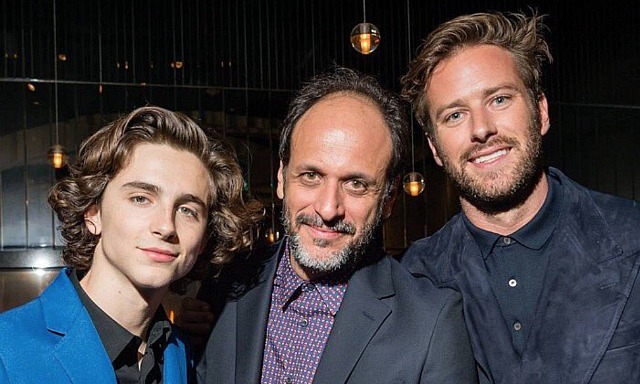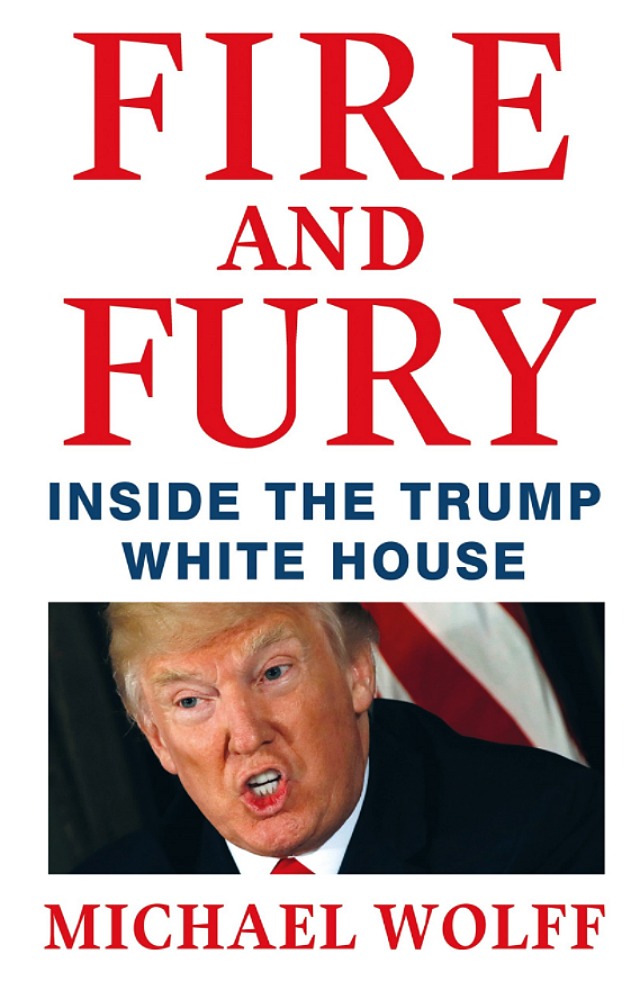Fire and Fury author Michael Wolff has penned a delicious, dessert-like Hollywood Reporter piece that summarizes his process in absorbing the whole Trump White House magillah.
Axios’ Mike Allen is reporting that Wolff, due to appear on news shows this weekend as well as Morning Joe Monday morning, “has tapes to back up quotes in his incendiary book — dozens of hours of them,” including chats with Steve Bannon and former White House deputy chief of staff Katie Walsh.
A taste: “After the abrupt Scaramucci meltdown, there was hardly any effort inside the West Wing to disguise the sense of ludicrousness and anger felt by every member of the senior staff toward Trump’s family and Trump himself. It became almost a kind of competition to demystify Trump. For Rex Tillerson, he was a moron. For Gary Cohn, he was dumb as shit. For H.R. McMaster, he was a hopeless idiot. For Steve Bannon, he had lost his mind.
“Most succinctly, no one expected him to survive Mueller. Whatever the substance of the Russia ‘collusion’, Trump, in the estimation of his senior staff, did not have the discipline to navigate a tough investigation, nor the credibility to attract the caliber of lawyers he would need to help him. (At least nine major law firms had turned down an invitation to represent the president.)
“There was more: Everybody was painfully aware of the increasing pace of his repetitions. It used to be inside of 30 minutes he’d repeat, word-for-word and expression-for-expression, the same three stories — now it was within 10 minutes. Indeed, many of his tweets were the product of his repetitions — he just couldn’t stop saying something.








